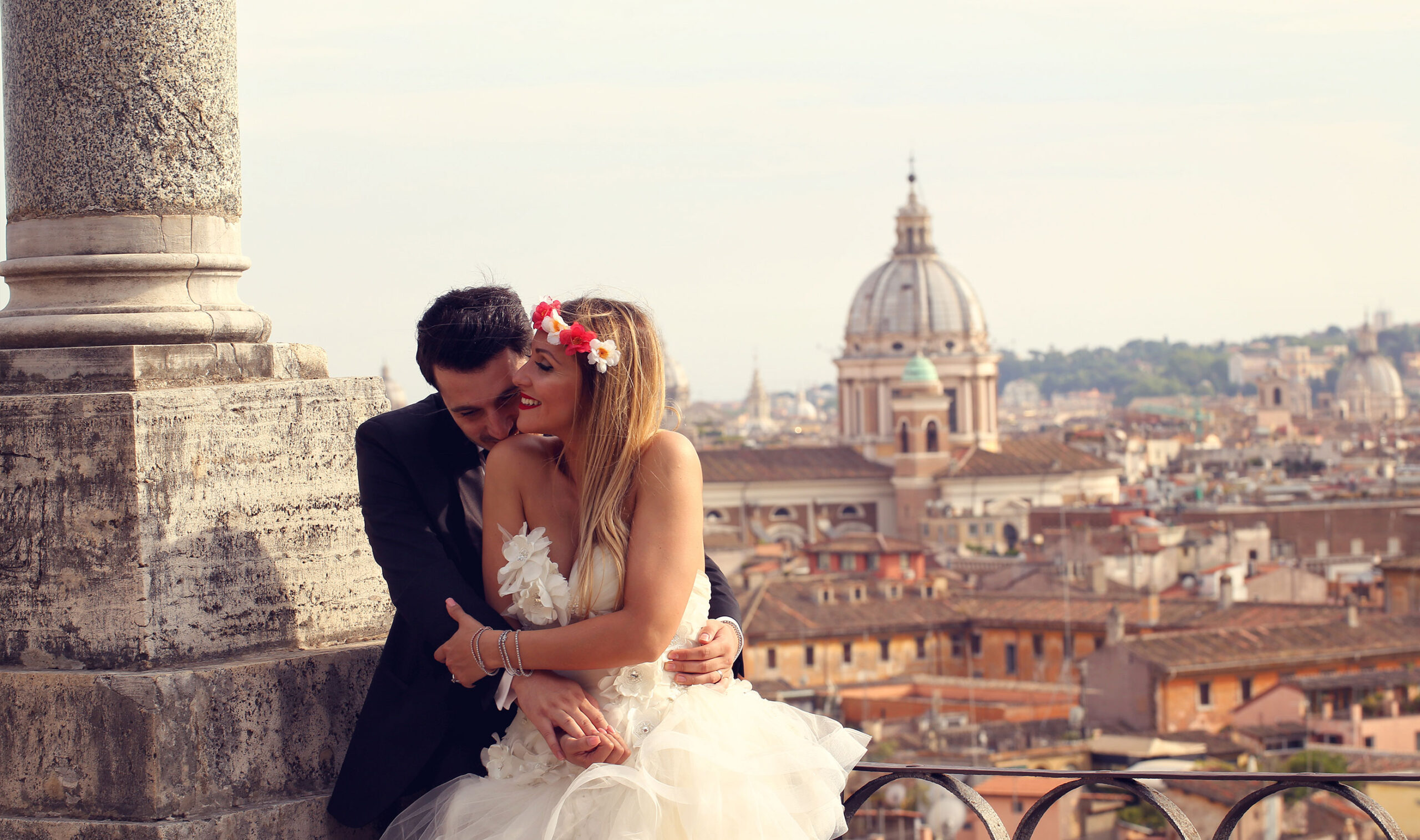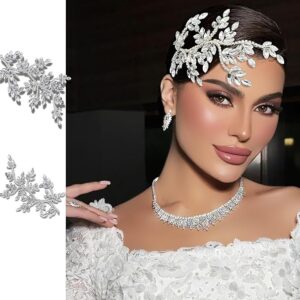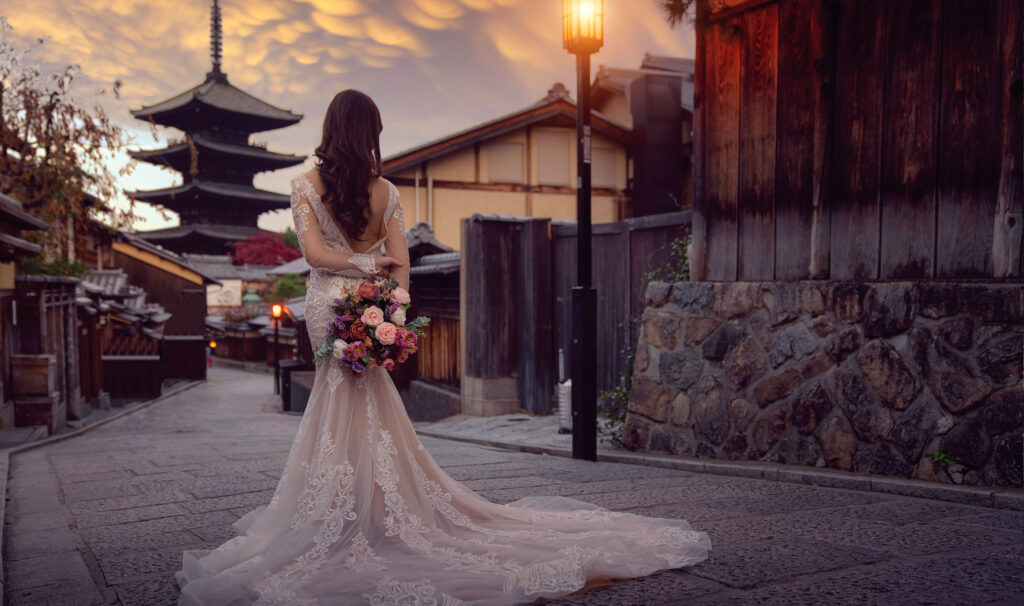
Japan
Japan has a rich and unique set of wedding traditions, many of which are steeped in ancient customs and culture. Some of the key elements of a traditional Japanese wedding include:
- Shinto Ceremony: In Japan, the majority of weddings take place in a Shinto shrine, where the bride and groom take part in a traditional ceremony that is rich in symbolism. The ceremony is usually conducted by a Shinto priest, who performs purification rituals and chants prayers to bring the couple good luck and happiness.
- Kimono: The bride typically wears a traditional white kimono (shiromuku) during the ceremony, which is a symbol of purity and innocence. The groom usually wears a black kimono (montsuki haori hakama) and a top hat (boshi).
- San-san-kudo: This is a traditional ritual that is performed during the ceremony. The couple takes turns drinking sake from three cups, which are poured by the parents of the bride and groom. The ritual symbolizes the couple’s union and the unity of their families.
- Exchanging of Vows: The couple exchange wedding rings and recite traditional vows in front of the Shinto priest and the guests.
- Reception: After the ceremony, the guests and the couple move to a reception hall for a traditional Japanese-style reception. The reception usually include traditional Japanese food and drinks, and guests are often entertained with music and speeches.
- “Uchikake” – A traditional long-sleeved kimono worn over the shiromuku by the bride during the reception is called Uchikake.
- The “Yome-iri” – A bridal procession to the groom’s house, similar to European wedding parade.
- White day : March 14th, one month after the wedding, it is common for the groom to return the gifts given by the bride’s family and give gifts to his wife.
These are some of the main elements of a traditional Japanese wedding, but it is worth noting that in recent years there has been an increasing trend in Japan of having more Western-style weddings.
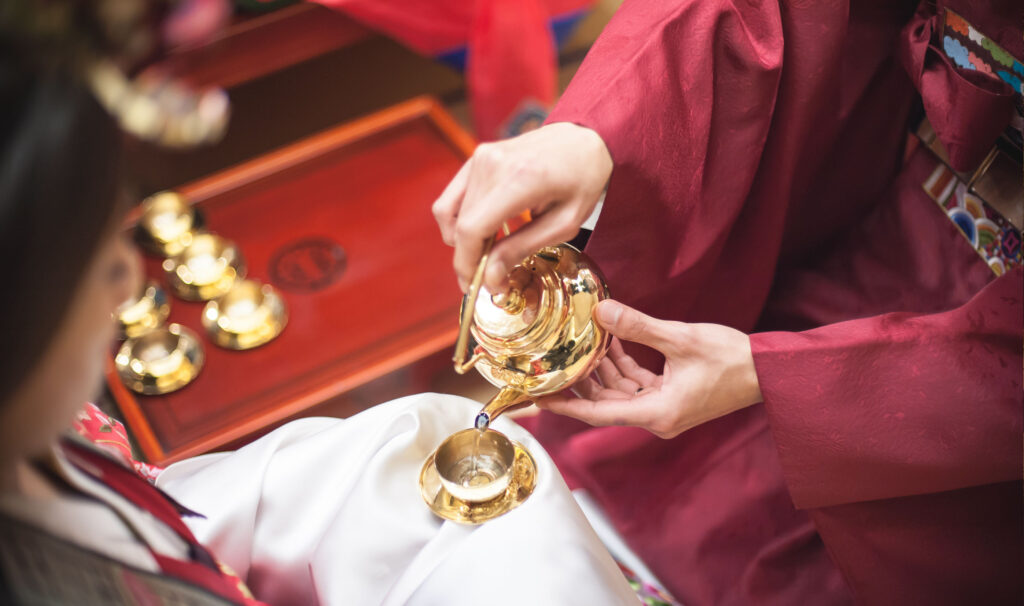
Korea
Korea has a unique set of wedding traditions that are steeped in the country’s rich history and culture. Here are some of the key elements of a traditional Korean wedding:
- Engagement Ceremony: In Korea, the engagement ceremony is known as “solye”: It is held to formally announce the engagement, and is typically organized by the groom’s family. The couple exchange rings and perform traditional bow in front of their parents and guests.
- Pyebaek: It is traditional Korean ceremony that takes place during the wedding reception. The bride and groom will be seated in front of the groom’s parents and the bride will bow to her new in-laws. The groom’s family will then give the bride gifts such as rice cakes, fruits, and jewelry.
- Hanbok: The bride and groom will wear traditional Korean clothing known as hanbok for the wedding ceremony. The bride’s hanbok will typically be a brightly colored, heavily embroidered dress, while the groom will wear a simpler version.
- Bari: The day before the wedding, the groom will visit the bride’s family to ask for her hand in marriage. He will be accompanied by a group of his friends, known as the barigeon, who will perform traditional dances and games to entertain the bride’s family.
- Gatekeeper: On the day of the wedding, the groom will arrive at the bride’s house with a group of groomsmen and will have to pass through a series of challenges set by the bride’s family, known as the gatekeeper, in order to be allowed to see the bride.
- Paebaek: Another traditional ceremony, Paebaek is typically held on the day of the wedding. The bride and groom will be dressed in traditional Korean clothing, the bride will bow to her parents-in-law and receive gifts such as chestnuts and jujubes.
- Honeymoon : Nowadays, it is common for the couple to take a honeymoon after the wedding, although traditionally, the bride would go to live with the groom’s family for a month after the wedding.
These are some of the main elements of a traditional Korean wedding, but it is worth noting that as with any other cultures, customs might vary depending on the families, regions and personal preferences.
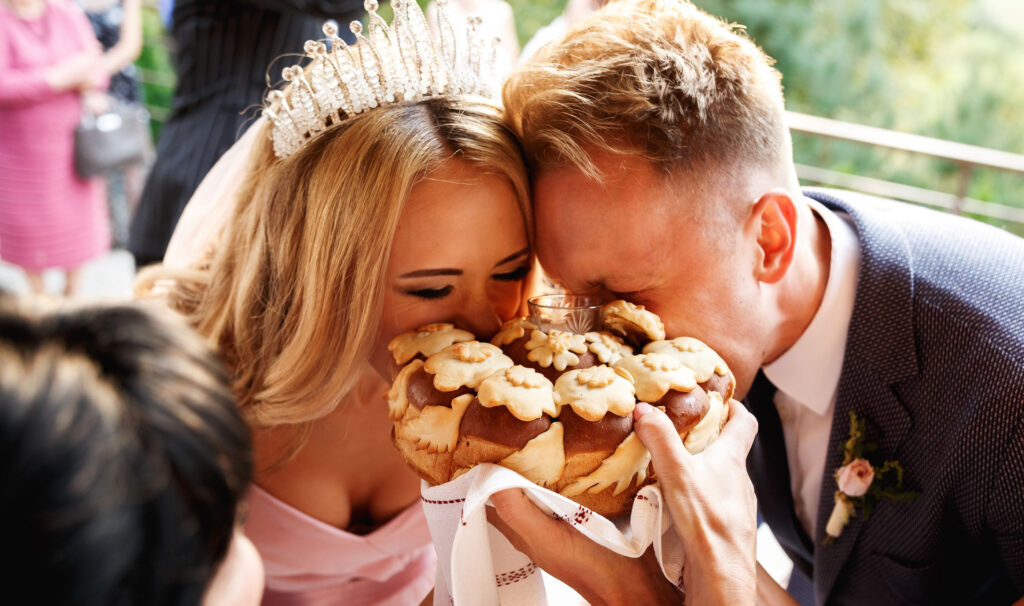
Russia
Russia has a unique set of wedding traditions that are steeped in the country’s rich history and culture. Here are some of the key elements of a traditional Russian wedding:
- Engagement: It starts with formal engagement, where the couple’s parents meet to discuss and finalize the engagement.
- “Rozhanitsy” and “Pokanitsy” : A traditional pre-wedding celebrations. “Rozhanitsy” is held at the bride’s house and “Pokanitsy” is held at the groom’s house.
- Separate Ceremony: In Russia, the couple often have separate wedding ceremonies, with the groom’s ceremony taking place at the local register office and the bride’s taking place in the church.
- Korovai: A traditional round bread decorated with symbols of love, fertility, and prosperity that are shared by the couple, wedding guests and parents.
- Crowning: During the wedding ceremony, the bride and groom will be crowned with the traditional Russian wedding crowns, known as veniks. The crowns are made of woven twigs and symbolize the couple’s unity and the protection of their marriage.
- Money Dance: A traditional custom in which guests pin money on the bride and groom as they dance.
- Wedding Reception: Usually includes a big feast, with a wide variety of foods, drinks, and music. Vodka and champagne are traditional drinks, and speeches and toasts made by the parents, the couple, and their friends.
- “Vydai gorki” – After the reception, the bride is ceremonially led out of her home or the reception hall to the car that will take her to her new home.
- “Zagransitsa” – The day after the wedding, bride’s family provides the couple with the first breakfast in the new home.
These are some of the main elements of a traditional Russian wedding, but customs and traditions might vary depending on regions, family preferences, or social status.

Greece
Greece has a unique set of wedding traditions that are steeped in the country’s rich history and culture. Here are some of the key elements of a traditional Greek wedding:
- Engagement: Once an engagement is announced, families of the couple will gather for an engagement party known as the “prosphera”
- “Krevati” : One week before the wedding, friends and family members of the couple will gather to prepare the wedding bed, known as “Krevati”, in the couple’s new home.
- “Koufeta” : Traditionally, the couple will offer guests small, sugared almonds wrapped in tulle, known as “koufeta”, as a symbol of fertility, good luck, and long life.
- Crowns: During the ceremony, the couple will exchange wedding crowns, known as “stefana”, which are made of flowers or ribbons, symbolizing the couple’s unity, and that the couple are king and queen of their new home.
- “Fasting”: Traditionally, the couple is required to fast on the day of the wedding, they only eating and drinking something light, such as loukoumades.
- Church Ceremony: Greek Orthodox Church ceremony is an important aspect of a Greek wedding. The ceremony includes prayers and hymns, along with several traditional customs such as the lighting of the candle, the crowning ceremony, and the ritual of exchanging rings.
- Reception : In Greek wedding reception, there will be traditional Greek music and dancing, such as the “Sirtaki” and “Zorba”. Food is an essential part of a Greek wedding, with a wide range of traditional Greek dishes.
- “Koumbaros” : The couple’s best man known as “koumbaros” plays an important role in the wedding ceremony, and it is tradition for him to walk the couple to the reception.
These are some of the main elements of a traditional Greek wedding, but customs and traditions might vary depending on the regions, family preferences, or the couple’s personal preferences.
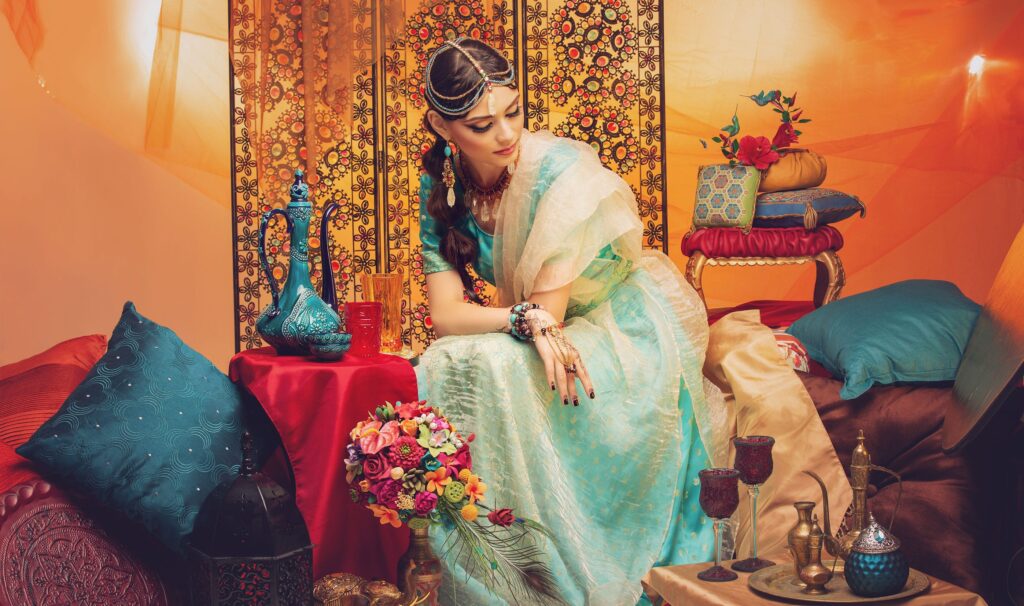
India
India has a rich and diverse set of wedding traditions that vary across different regions, religions, and communities. Here are some of the key elements of a traditional Indian wedding:
- Pre-Wedding Ceremonies: Indian weddings typically involve a series of pre-wedding ceremonies, such as the engagement ceremony (Sagai or Sangeet), the Haldi ceremony, and the Mehndi ceremony.
- Sagai/Sangeet: The engagement ceremony, where the couple formally agrees to marriage and exchange rings. It is often marked by a feast and musical performances by friends and family.
- Haldi: The haldi ceremony is typically held the day before the wedding, in which turmeric paste is applied to the bride and groom’s skin to brighten and purify it.
- Mehndi: This is a ritual in which henna is applied to the bride’s hands and feet, to make intricate designs. This is a social gathering and the bride’s friends and female relatives typically attend, to help with the mehendi.
- Baraat: The groom’s wedding procession, typically on horseback or in a decorated car, heading to the wedding venue.
- Jaimala: The bride and groom exchange flower garlands during the ceremony.
- Pheras: The main wedding ceremony, during which the couple takes seven vows around the sacred fire.
- Sindoor and Mangalsutra: The groom applies Sindoor (vermilion powder) on the bride’s forehead and ties a Mangalsutra (sacred necklace) around her neck, signifying the couple is now married.
- Reception : Typically held after the wedding ceremony, and can include music, dance, and a feast.
These are some of the main elements of a traditional Indian wedding, but customs and traditions can vary depending on different regions and communities in India. Hindu, Muslim, Sikh, and Christian weddings all have their unique customs and traditions.

